Hangzhou Tuya Information Technology WR3 Wi-Fi Module User Manual WR3 x
Hangzhou Tuya Information Technology Co.,Ltd Wi-Fi Module WR3 x
User Manual

WR3DATASHEET
TuyaSmartWi-Fi Module
1. Product Overview
WR3 is a low power consumption module with built-in Wi-Fi connectivity solution designed
by Hangzhou Tuya Information Technology Co.,Ltd. The Wi-Fi Module consists of a highly
integrated wireless radio chip W302 12E75M2 and some extra flash that has been programed with
Wi-Fi network protocol and plenty of software examples.WR3 includea ARM CM4F, WLAN
MAC, 1T1R WLAN, maximum frequency reaches 125MHz, 256K SRAM, 1M byte flash and
various peripheral resources.
WR3 is a RTOS platform, embedded with all the Wi-Fi MAC and TCP/IP protocol function
examples, users can customize their Wi-Fi product by using these software examples.
Figure 1 shows the block diagramof the WR3.
Figure 1. The block diagram of the WR3
1.1 Features
Integrated low power consumption 32-bit CPU, also known as application processor
Basic frequency of the CPU can support 125 MHz
Supply voltage: DC 3.3V
Peripherals: 7 GPIO channels, 2 UART, 1 ADC
Wi-Fi connectivity:
802.11 B/G/N20/N40
Channel 1 to 11 @ 2.4GHz
Support WPA/WPA2
+20.09dBm output power in 802.11b mode

WR3DATASHEET
Support SmartConfig function for both Android and IOS devices
On-board PCB antenna
Operating temperature range: -20℃ to 105℃
1.2 Main ApplicationFields
Intelligent Building
Intelligent home, Intelligent household applications
Healthy devices
Industrial wireless control
Baby monitor
Webcam
Intelligent bus
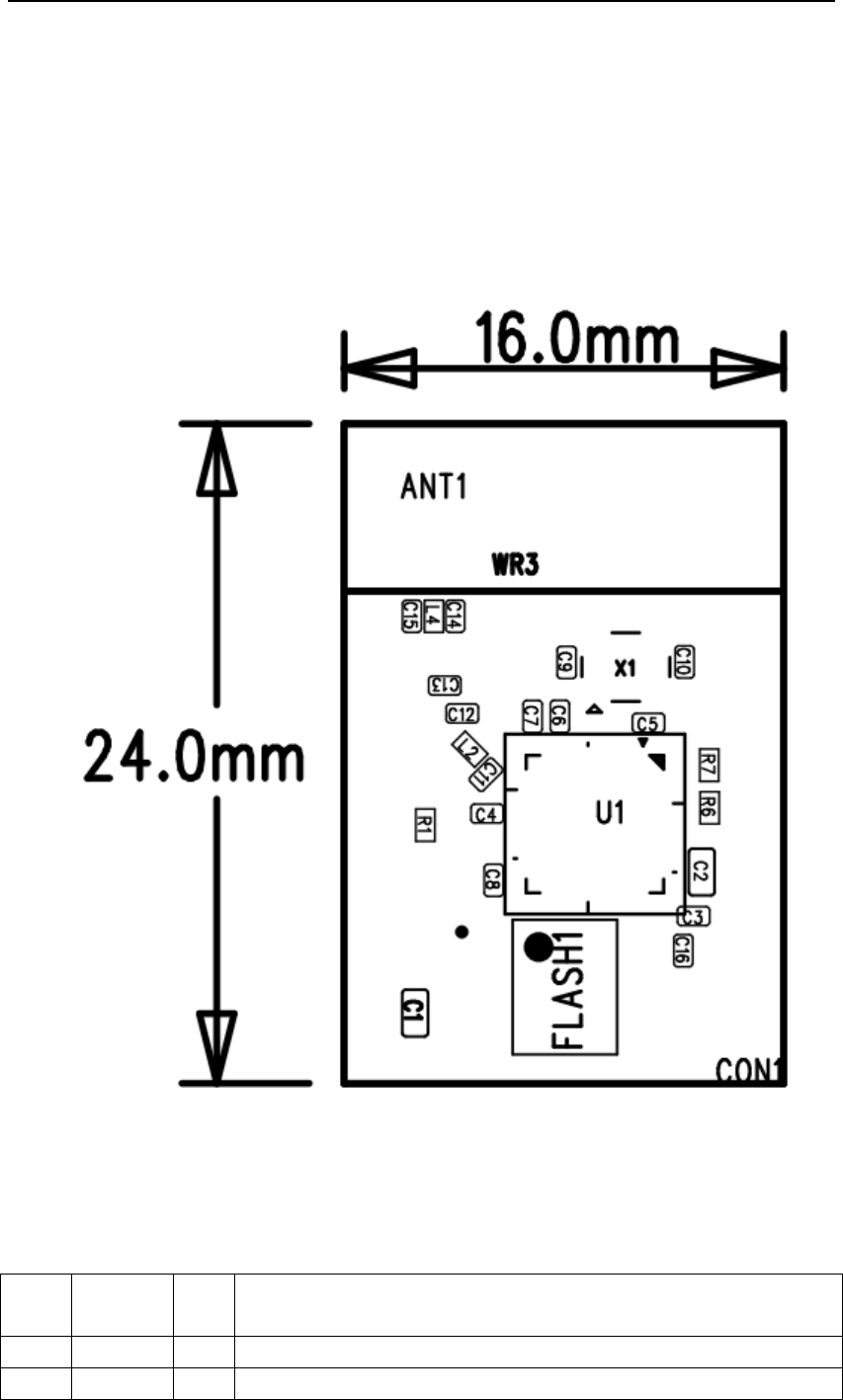
WR3DATASHEET
2. Dimensions and Footprint
2.1Dimensions
WR3 has 2 columns of Pins (2*8).The distance between each Pin is 1.5
mm. Size of WR3: 16mm(W)*24mm(L)*3.3mm(H)
Figure 2 shows the dimensions of WR3.
Figure 2.1. The dimensions of WR3
2.2 Pin Definition
Table 1 shows the generalpin attributes of WR3
Table 1. The typical pin definitionof WR3
PIN
NO.
NAMETYP
E
DISCREPTION
1NC/NC
2GPIOA_2 I/OGPIOA_22
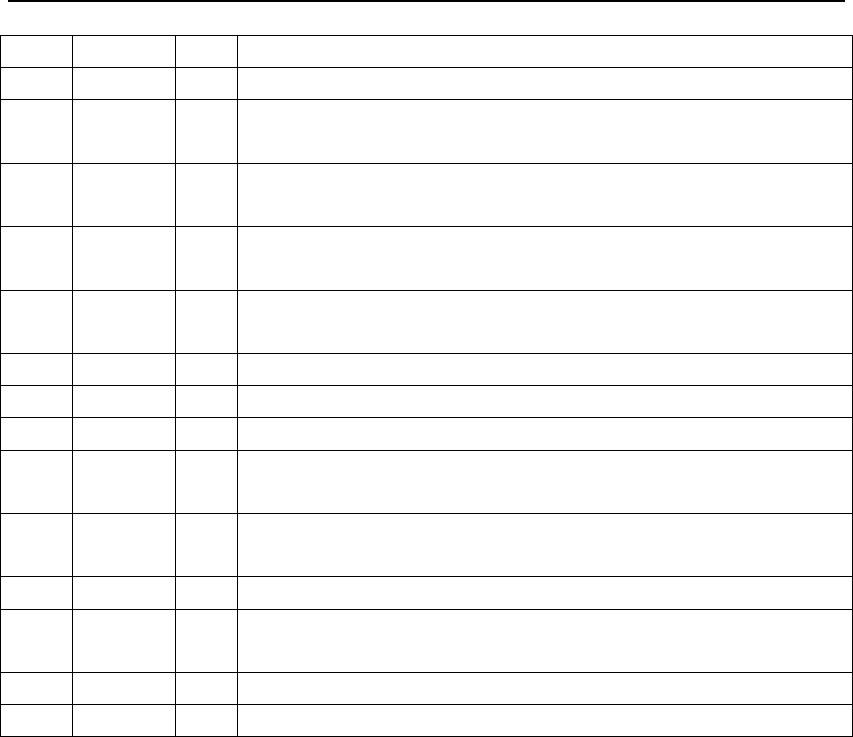
WR3DATASHEET
3CHIP_ENI/OExternalresetsingal(lowleveleffects)
4GPIOA_1
9
I/OGPIOA_19
5GPIOA_1
4
I/OGPIOA_14,hardwarePWM
6GPIOA_1
5
I/OGPIOA_15,hardwarePWM
7GPIOA_0I/OGPIOA_0,cannotbepull‐upwhilebooting,canbeusedasGPIO
whileinnormalworkingmode
8VD33PSupplyvoltage(3.3V)
9GNDPGround
10ADCAIADCterminal(input5Vmaximumly)
11GPIOA_2
9
I/OUART_Log_RXD(usedtoprintmodule'sinternalinformation)
12GPIOA_3
0
I/OUART_Log_TXD(usedtoprintmodule'sinternalinformation)
13GPIOA_5I/OGPIOA_5,hardwarePWM
14GPIOA_1
2
I/OGPIOA_12,hardwarePWM
15RXDI/OUART0_RXD
16TXDI/OUART0_TXD
Note: S: Power supply pins; I/O: Digital input or output pins; AI: Analog input.
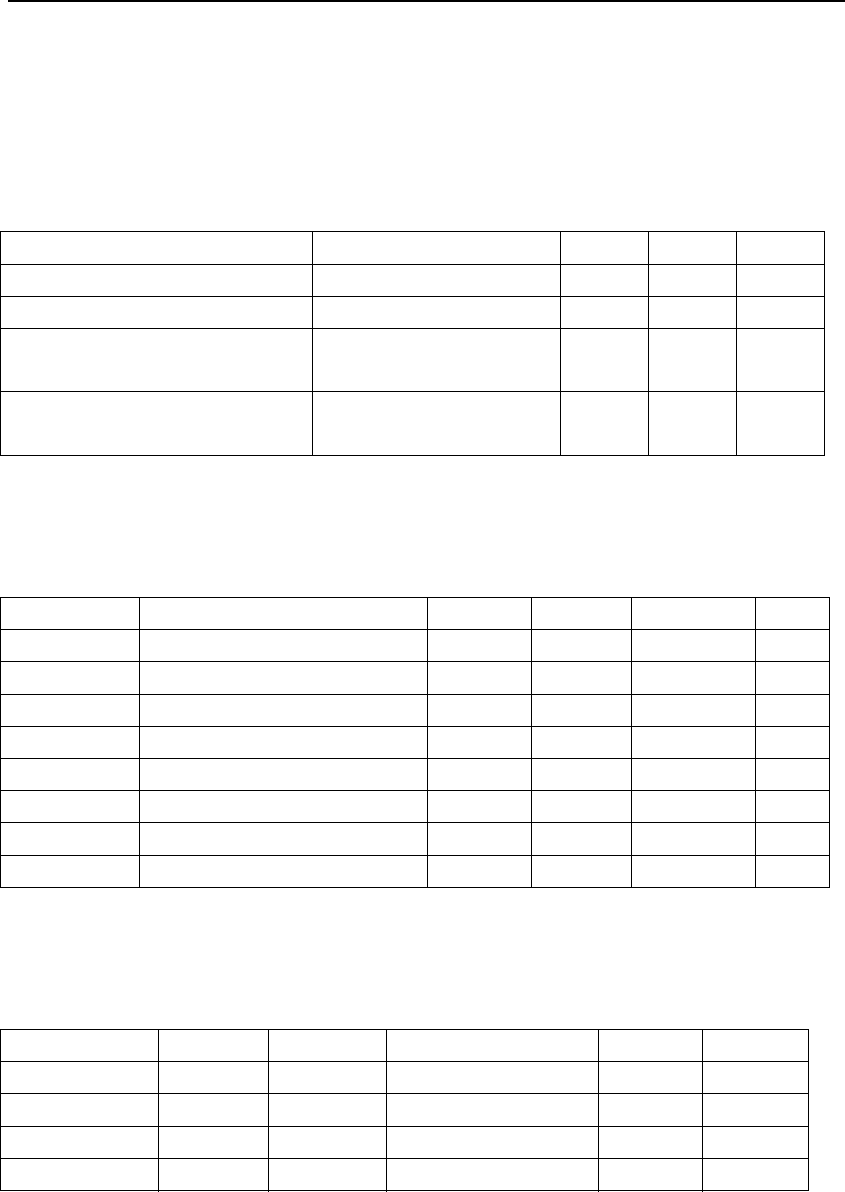
WR3DATASHEET
3. Electrical Characteristics
3.1 Absolute Maximum Ratings
Table 3.1. Absolute Maximum Ratings
PARAMETERSDESCRIPTIONMINMAXUNIT
TsStoragetemperature‐20105℃
VCCSupplyvoltage 3.03.6V
Staticelectricityvoltage
(humanmodel)
TAMB‐25℃‐ 2KV
Staticelectricityvoltage
(machinemodel)
TAMB‐25℃‐ 0.5KV
3.2 Electrical Conditions
Table 3.2. Electrical Conditions
PARAMETERSDESCRIPTIONMINTYPICAL MAXUNIT
TaWorkingtemperature ‐20‐ 105℃
VCCWorkingvoltage33.6V
VILIOlowlevelinput ‐0.3‐ VCC*0.25V
VIHIOhighlevelinputVCC*0.75 ‐ VCCV
VOLIOlowleveloutput ‐‐VCC*0.1V
VoHIOhighleveloutputVCC*0.8‐ VCCV
ImaxIOdrivecurrent ‐‐16mA
CpadInputcapacitor ‐2‐pF
3.3 Wi-Fi Transmitting Current Consumptions
Table 3.3. Wi-Fi TX current consumption
PARAMETERSMODERATETransmittingpowerTYPICALUNIT
IRF11b1Mbps +20.09dBm287mA
IRF11g6Mbps +20.06dBm255mA
IRF11nHT20 MCS0+19.99dBm244mA
IRF11nHT40 MCS0+19.76dBm220mA
3.3
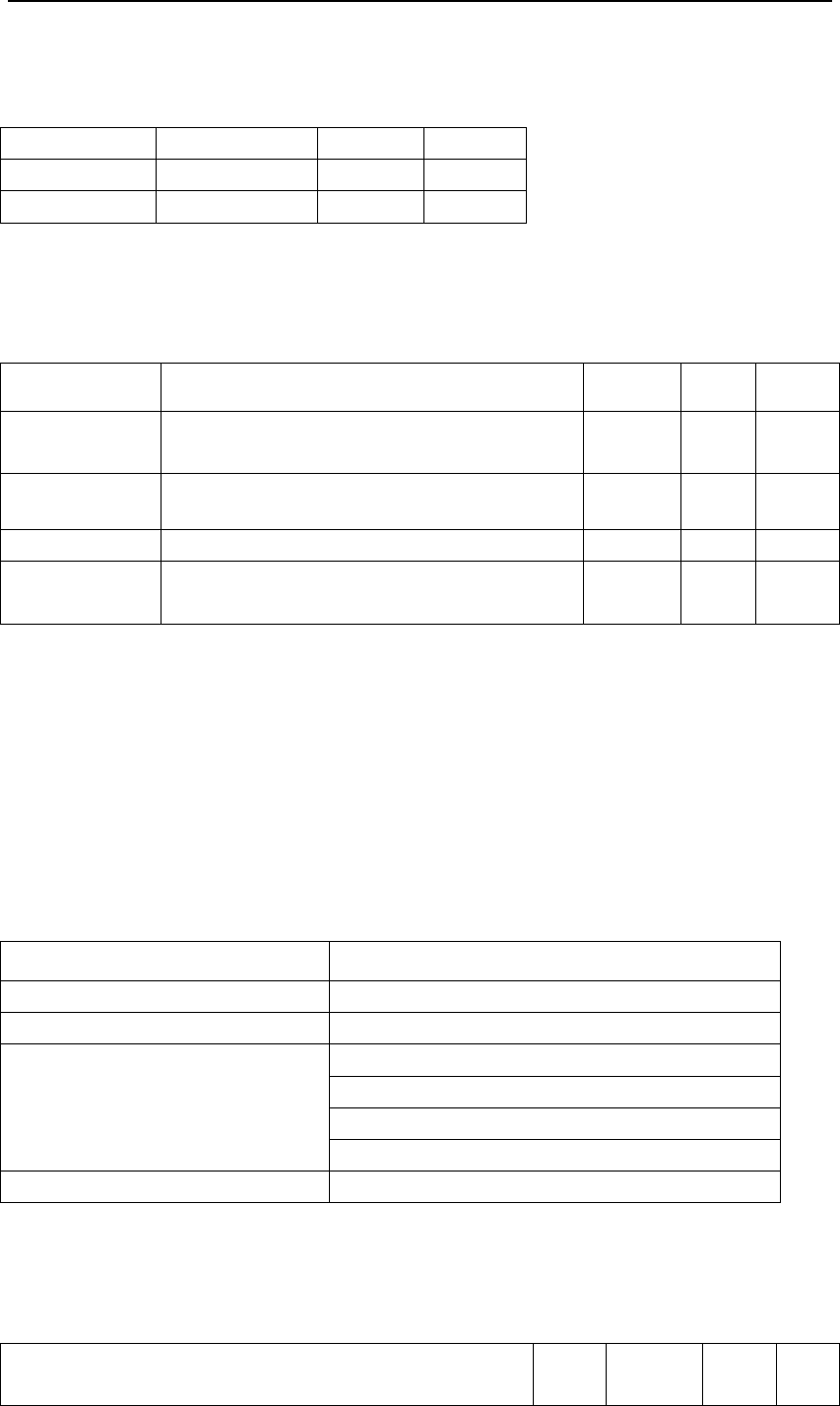
WR3DATASHEET
3.4 Wi-Fi Receiving CurrentConsumptions
Table 3.4. Wi-Fi RX currentconsumption
PARAMETERSMODETYPICALUNIT
IRFCPUsleep90mA
IRFCPUactive120mA
3.5 Working Mode CurrentConsumptions
Table 3.5. The module working currentconsumption
WORKMODEATTA =2 5 ℃TYPICALMAX*UNIT
EZModeWR3isunderEZparingmode,Wi‐Fiindicator
lightflashesquickly
121.8141mA
StandbyModeWR3isconnected,Wi‐Fiindicatorlightison52125mA
OperationModeWR3isconnected,Wi‐Fiindicatorlightison180312mA
Disconnection
Mode
WR3isdisconnected,Wi‐Fiindicatorlightisoff 46120mA
Note: peak continuous time is about 5us.
The parameter shown above will vary dependingon different firmware functions.
4. WLAN Radio Specification
4.1 Basic Radio Frequency Characteristics
Table 41.Basic Radio frequency characteristics
PARAMETERSDESCRIPTION
Frequencyband2.412GHzto2.462GHz
Wi‐FistandardIEEE802.11n20/g/b(Terminal1‐11),802.11n40(Terminal 1-7)
Datatransmittingrate
11b:1,2,5.5,11(Mbps)
11g:6,9,12,18,24,36,48,54(Mbps)
11n:HT20,MCS0~7
11n:HT40,MCS0~7
AntennatypeOn‐boardPCBAntenna
4.2Wi-Fi TransmittingPower
Table 4.2. Wi-Fi transmitting power
PARAMETERSMIN TYPICALMAXUNI
T
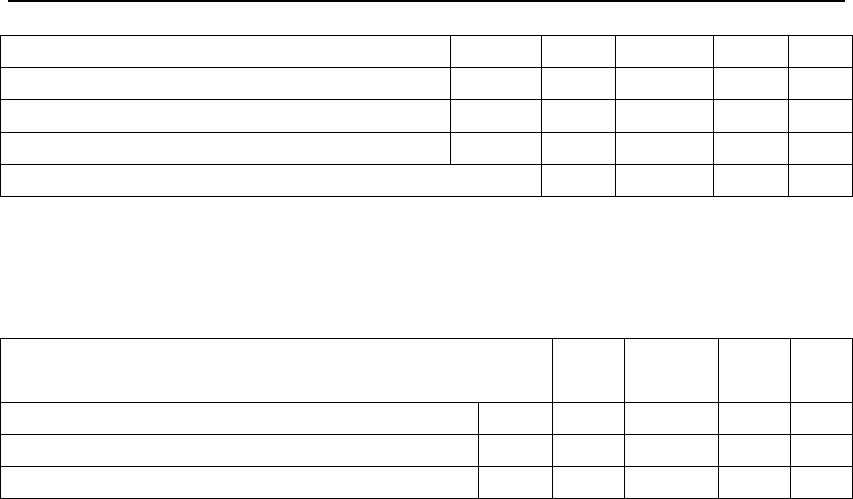
WR3DATASHEET
RFaverageoutputpower,802.11bCCKMode1M ‐20.09‐dBm
RFaverageoutputpower,802.11gOFDMMode6M ‐20.06‐dBm
RFaverageoutputpower,802.11n20OFDMMode MCS0‐ 19.99‐dBm
RFaverageoutputpower,802.11n40OFDMMode MCS0‐ 19.76‐dBm
TheFrequencyerror‐10‐ 10ppm
4.3Wi-Fi Receiving Sensitivity
Table 4.3. Wi-Fi Receiving sensitivity
PARAMETERSMIN TYPICALMAXUNI
T
PER<8%,Receivingsensitivity,802.11bCCKMode1M ‐ ‐91‐dBm
PER<10%,Receivingsensitivity,802.11gOFDMMode 6M ‐ ‐75‐dBm
PER<10%,Receivingsensitivity,802.11nOFDMMode MCS0 ‐ ‐72‐dBm

WR3DATASHEET
5. Antenna Information
5.1 Antenna Type
Antenna connectedusing On-board PCB antenna.
5.2 Reduce Antenna Interference
While using the On-board PCBantenna, in order to have the best Wi-Fi performance, it’s
recommended to keep a minimum15mm distance between the antenna part and the other metal
pieces.
User’s own PCBA design is recommended NOT to pass any wire, NOT do copper pour under
the region of the module’s antenna, to avoid interferences.
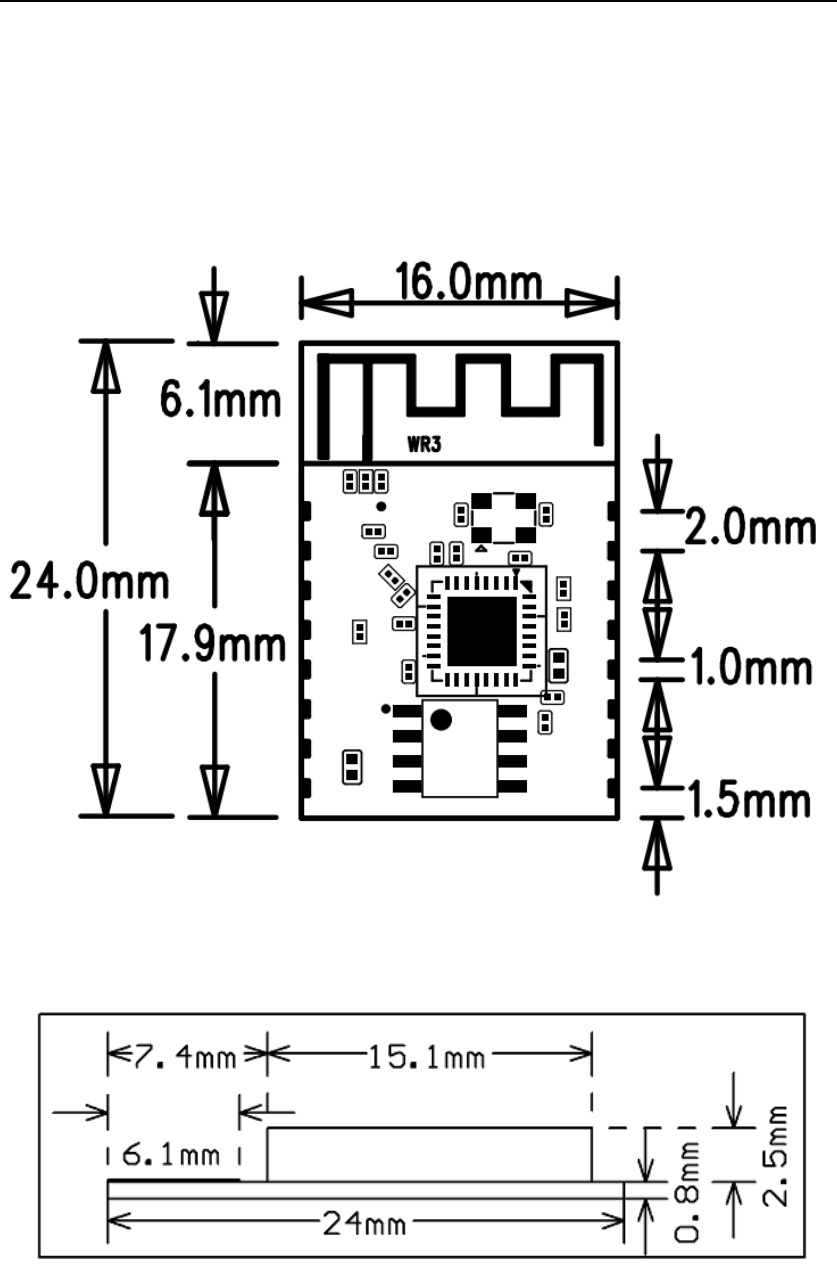
WR3DATASHEET
6. Packaging Information And Production Guide
6.1 Mechanical Dimensions
Figure 6.1. Top view of the module
Figure 6.2. The module’s mechanical view
6.2PCBRecommended Package
Figure 6.3. PCB schematic Drawing
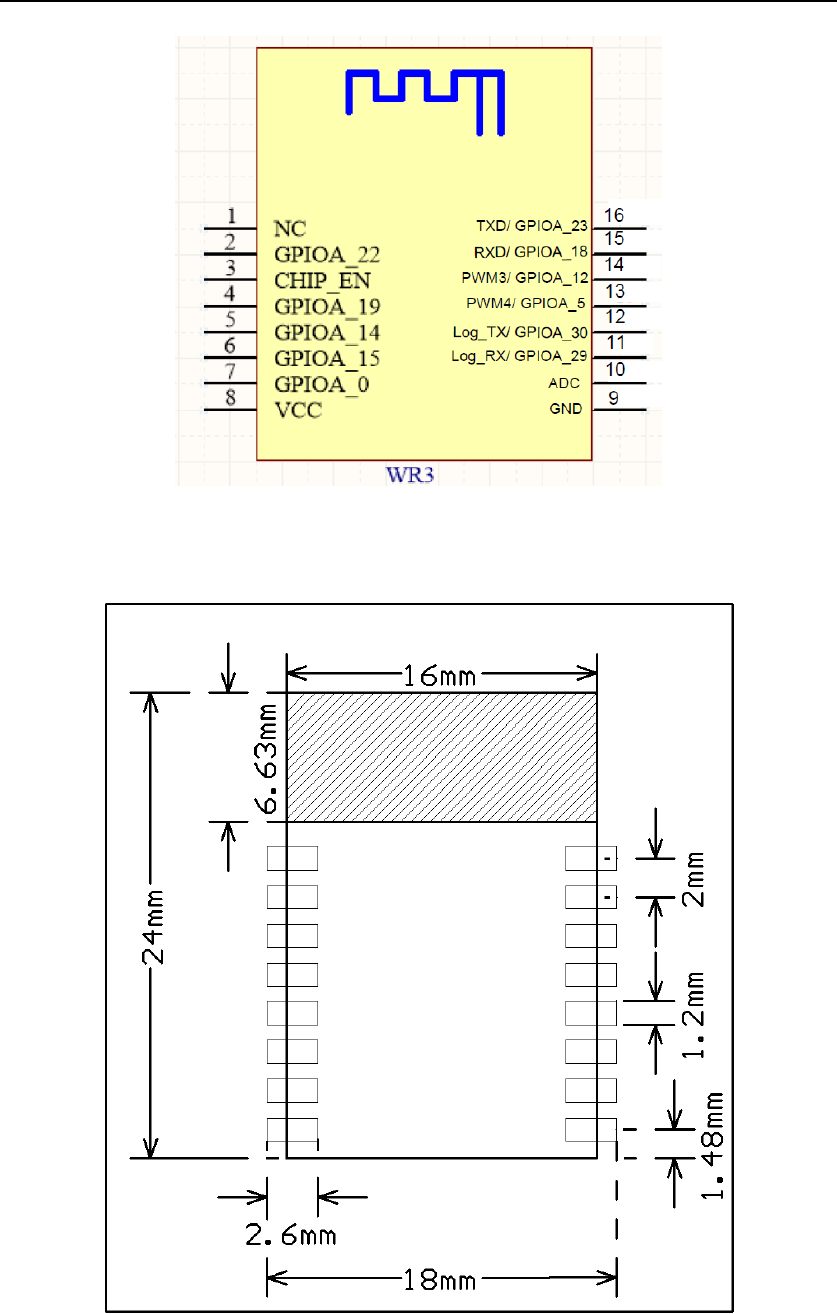
WR3DATASHEET
Figure 6.3. PCB footprint
6.3 Production Guide
The storage for the delivered module should meet the following condition:
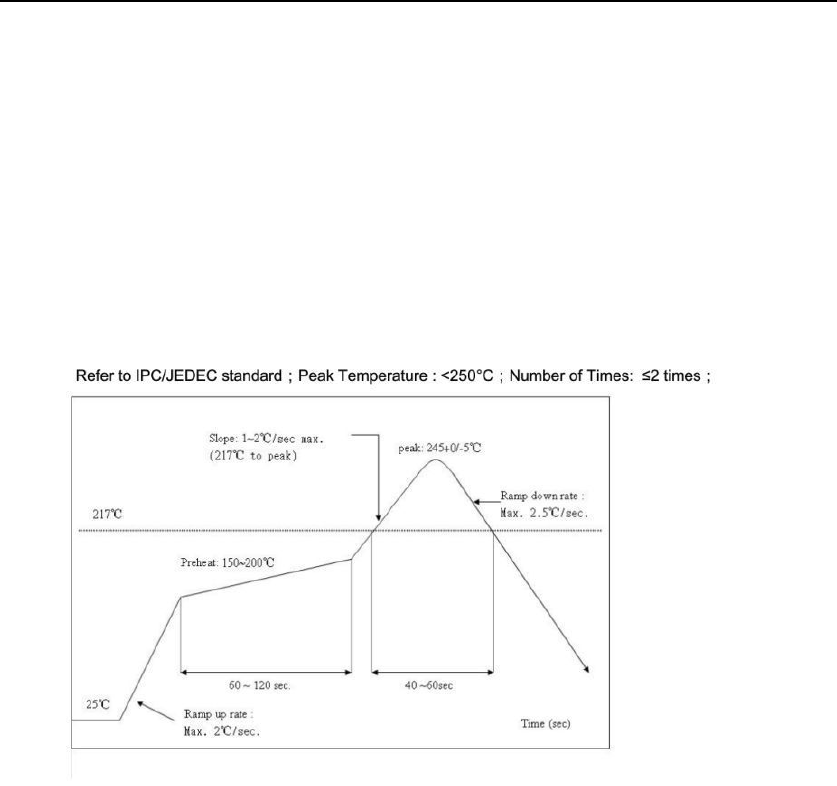
WR3DATASHEET
1. The anti-moisture bag should be kept in the environment withtemperature< 30℃ and
humidity< 85% RH.
2. The expiration date is 6 months since the dry packaging products was sealed.
Cautions:
1. All the operators should wear electrostatic ringin the whole process of production.
2. While operating, water and dirt should not have any contact with the modules.
6.4 Recommended furnace temperature curve
Figure 6.4. PCB Package DrawingRecommended furnace temperature curve
FCC Statement
Any Changes or modifications not expressly approved by the party responsible for compliance
could void the user’s authority to operate the equipment.
This device complies with part 15 of the FCC Rules. Operation is subject to the following two
conditions:
(1) This device may not cause harmful interference, and
(2) This device must accept any interference received, including interference that may cause
undesired operation.
FCC Radiation Exposure Statement:
This equipment complies with FCC radiation exposure limits set forth for an
uncontrolled environment .This equipment should be installed and operated with
minimum distance 20cm between the radiator& your body.
FCC Label Instructions:
The outside of final products that contains this module device must display a label
referring to the enclosed module. This exterior label can use wording such as: “Contains
Transmitter Module FCC ID:2ANDL-WR3”,or “Contains FCC ID:2ANDL-WR3”, Any similar
wording that expresses the same meaning may be used.